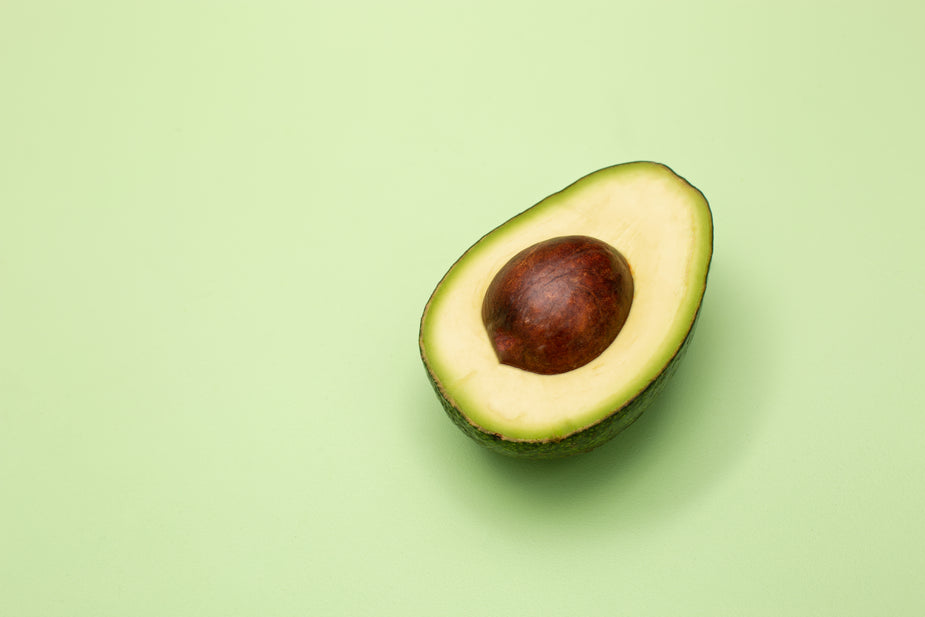Fresh Produce: Your Guide on a Low Carb Diet
Frequently Asked Questions
1. What is a low carb diet?
2. Why is fresh produce important in a low carb diet?
3. Which types of vegetables are best for a low carb diet?
4. How should I store fresh produce?
5. How can I connect with local farmers for fresh produce?
Embarking on a low carb diet can be incredibly rewarding, especially when it comes to improving your overall health and well-being. One of the core components of this dietary approach revolves around fresh produce. Knowing what to look for when you’re navigating through markets or grocery aisles is essential. In this guide, we’ll explore various types of fresh produce that fit seamlessly into a low carb lifestyle while highlighting the importance of maintaining a well-stocked sugar-free pantry essentials.
Understanding Low Carb Diets
Before diving into the best fresh produce options, it’s essential to understand what a low carb diet entails. Typically, this approach limits carbohydrate intake, focusing instead on proteins, healthy fats, and fibrous vegetables. By reducing carbs, many individuals experience weight loss, improved mental clarity, and stable energy levels throughout the day.
The Importance of Fresh Produce
Fresh fruits and vegetables are not just integral to a balanced low carb diet; they're also vital sources of essential vitamins, minerals, and antioxidants. Here are a few significant reasons why fresh produce should be at the forefront of your shopping list:
- High Nutritional Value: Fresh fruits and vegetables provide a wealth of nutrients without the added sugars found in processed foods.
- Low in Carbs: Many vegetables are naturally low in carbohydrates, making them suitable choices.
- Hydration: Fresh produce generally has a high water content, helping you stay hydrated.
- Versatility: They can be incorporated into a multitude of dishes, including salads, stir-fries, and smoothies.
What to Look For in Fresh Produce
When selecting fresh produce, certain criteria can help you maximise your low carb diet. Here are some tips you can follow:
Choose Seasonal Produce
Seasonal fruits and vegetables are often fresher, tastier, and more nutrient-dense. Eating seasonally not only enhances the flavour of your meals but can also be more economical. Look for local farmers' markets, where you can find fresh, in-season produce that fits your dietary needs.
Prioritise Leafy Greens
Leafy greens such as spinach, kale, and Swiss chard are excellent choices for anyone following a low carb diet. They're low in carbohydrates and high in nutrients—but what’s more, they are incredibly versatile. You can enjoy them in salads, smoothies, or as a side dish, allowing you to maintain diversity in your meals.
Embrace Non-Starchy Vegetables
Non-starchy vegetables are essential in a low carb diet. Vegetables such as bell peppers, zucchini, cucumbers, and broccoli offer low carbohydrate counts and high fibre, which can aid in digestion. These can be roasted, sautéed, or eaten raw—perfect for those seeking quick, on-the-go meal options.
Be Cautious with Fruits
While fruits can be packed with vitamins, many are higher in sugars and carbohydrates compared to vegetables. Opt for berries like strawberries, blueberries, and raspberries, which offer some sweetness without excessive carbs. These fruits are also antioxidant-rich, making them a delightful addition to your low carb meals.
Creating Your Sugar-Free Pantry Essentials
As you integrate fresh produce into your low carb diet, don’t forget to stock your kitchen with sugar-free pantry essentials. Having these items on hand will make meal preparation more manageable and ensure that you're ready for any culinary adventure while maintaining your dietary goals. Here are some staples to consider:
- Healthy Oils: Opt for healthy cooking oils like tallow, coconut oil, olive oil, or avocado oil. These oils enhance flavour while keeping your meals low carb.
- Nut Butters: Almond or peanut butter can be great additions to smoothies or snacks but be sure they are without added sugars.
- Herbs and Spices: Fresh herbs such as basil, cilantro, and parsley can elevate your dishes without adding carbs.
- Low Carb Sweeteners: Low Carb Sweeteners like Stevia, erythritol, and monk fruit are fantastic alternatives for those looking for a sweet touch in their recipes.
Meal Ideas Featuring Fresh Produce
Incorporating fresh produce into your low carb diet doesn't have to be tedious. Here are a few meal ideas to inspire your culinary creativity:
Breakfast
Start your day with a spinach and feta omelette, packed with flavour and low in carbs. Pair it with slices of avocado for healthy fats and added nutrition.
Lunch
Prepare a colourful salad with mixed greens, cherry tomatoes, cucumbers, and grilled chicken. Drizzle some olive oil and vinegar for a refreshing dressing. This meal hits all the right notes while keeping carb counts low.
Dinner
For dinner, consider zucchini noodles topped with homemade pesto and sautéed bell peppers. This dish is not only low in carbs but also full of flavour and satisfaction.
Storing Fresh Produce
The way you store your fresh produce can significantly impact its lifespan and quality. Here are some tips to help you keep your fruits and vegetables fresh:
- Refrigerate Wisely: Most greens and many vegetables benefit from refrigeration, but some, like tomatoes and potatoes, should be stored at room temperature.
- Use Airtight Containers: For chopped or sliced produce, use airtight containers to prevent moisture loss and contamination.
- Freeze for Longevity: If you have a surplus, consider freezing vegetables like broccoli and kale to have handy options ready for meals.
Connecting with Local Farmers
One of the best ways to ensure you're getting fresh and organic produce is by connecting with local farmers. Not only does this support your local economy, but it also ensures that your food is fresh and potentially chemical-free. Look for community-supported agriculture (CSA) programmes, which often offer a variety of produce delivered directly to your door or nearby pickup points.
Think Beyond the Plate
Incorporating fresh produce into your low carb diet is just one aspect of a healthy lifestyle. Consider investing time in learning new recipes, trying different cuisines, and experimenting with food preparation methods. Not only will this keep your meals exciting, but it will also challenge you to explore the best of what fresh produce has to offer.
Your Adventure Begins Now!
With the right knowledge and a well-stocked kitchen featuring sugar-free pantry essentials, your low carb journey will become an adventure full of flavour, health, and vitality. Embrace seasonal veggies, get creative in the kitchen, and most importantly, enjoy every meal along the way. Happy eating!




